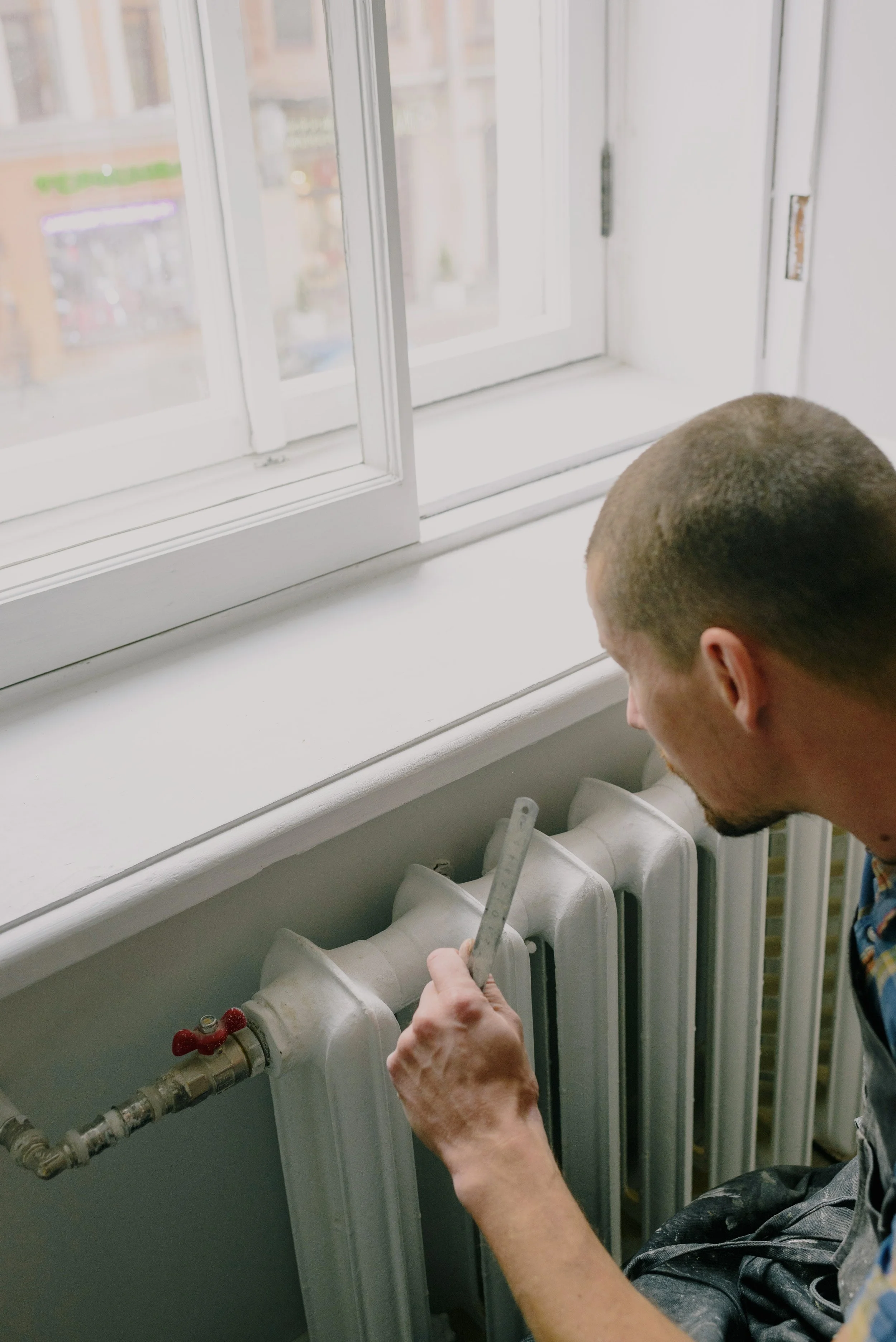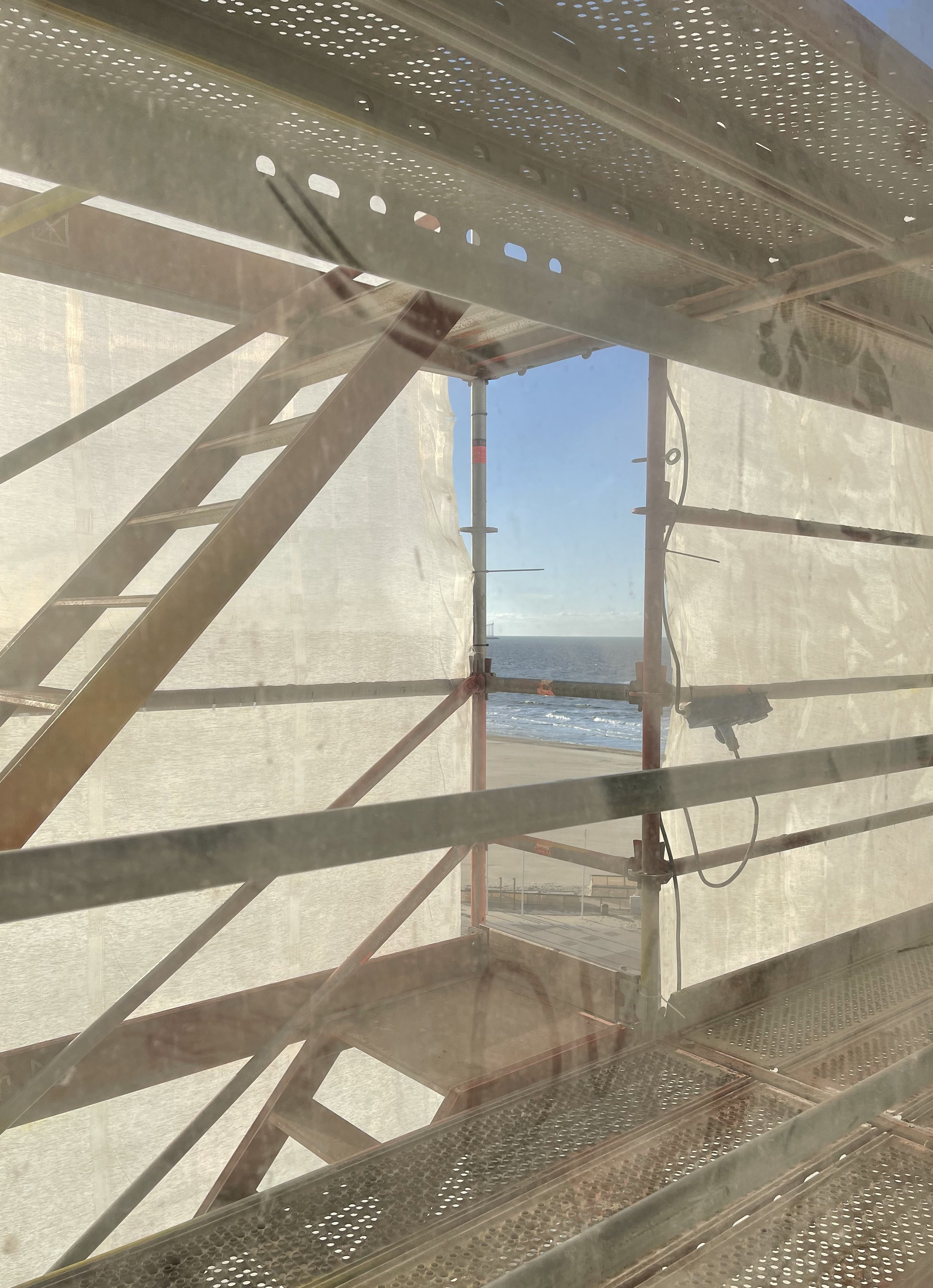The story behind redevelop belgium
While much attention is paid to the revival of cultural or industrial heritage, little focus is put on the re-use of the rapidly aging residential structures from the mid-twentieth century. These structures were built in a time of acute housing shortage and strong economic constraints, leading to quick and cheap construction. While they fulfilled their purpose at the time, most of them have now reached a stage where decay is visible, and their poor insulation and construction detailing adversely affect energy consumption and the country’s urban landscape. Our cities now lack imageability due to the monotonous construction of the bygone era.
However, demolition is not the only answer to this problem. Although in some instances it is economically desirable and necessary, demolition always leaves a larger carbon footprint and is often avoidable with proper renovation and upgrade. Architecture is meant to be adaptable, to undergo change as the society evolves, not to be disposed of when it doesn’t satisfy the needs of the present. Instead, these old buildings, if redeveloped, could act as a link between the past and the future.
Besides enhancing the appearance, contemporary redeveloping of properties can increase comfort, provide better security and offer a healthier, more efficient living environment. It also offers long-term monetary benefits such as an increase in property value as well as reduced maintenance and utility costs.
Our projects commence when the physical degradation of these buildings becomes evident and requires methodological interventions. As a response, we work to create a general framework that integrates the aging buildings with the surrounding urban landscape and helps them fit our contemporary standards and needs. With new building regulations being proposed by the European Commission in the years to come, we are required to optimise our structures with zero waste housing as a final goal.
Although the redefinition of these structures is very kaleidoscopic, changing every time you try to put it into words, we endeavor to guide you through these technical concepts in simple terms so that they are readily understandable. Our platform examines redevelopment from all angles, breaking it down into four different scenarios: installations, shell, densification, and integration. Additionally, all these processes are further explained with the help of real projects and described in depth through various articles.
shell
installations
integration
densification
Very often, too many interested parties are involved and the lack of external guidance prevent the development from being coherent with its context. Therefore, redevelop belgium is a toolbox that aids the decision-making process by providing information about energy efficiency, safety, technical detailing and urban regulations, all critical for yielding a positive outcome of a redevelopment project.
Through comparison of the various renovation techniques that could answer to these new building norms, redevelop belgium wishes to promote more efficient renovation methods rather than cheap and fast solutions that do not bring added value in the long run. Our vision is to generate global attention to architectural redevelopment, which would ultimately create adaptable structures that overcome shortcomings of the past and benefit future generations.

Why redevelopment?
A building is never truly finished; it can always be re-adapted and transformed to take upon a new form or function. Recycling architecture has been a common practice throughout history, and in many cases, it has led to the preservation of a large part of our current cultural heritage. Read more.

That's the way the concrete crumbles
Early 20th-century engineers thought reinforced concrete structures would last a very long time – even up to 1,000 years. In reality, their life span is significantly shorter, depending on the quality of the production and maintenance.

The story behind redevelop
“It takes 65 years for a new energy-efficient building to save the amount of energy that an adaptive reuse project does. redevelop is a strategic design firm that develops and implements sustainable strategies to develop post-war buildings for contemporary use.”

Heating and cooling efficiency
Heating and cooling in buildings and industry take the lead in the EU’s total energy consumption. Notably, 75% of heating and cooling is still generated from fossil fuels. As such, they play a crucial role in a country’s transition towards greater energy efficiency and decarbonization.









